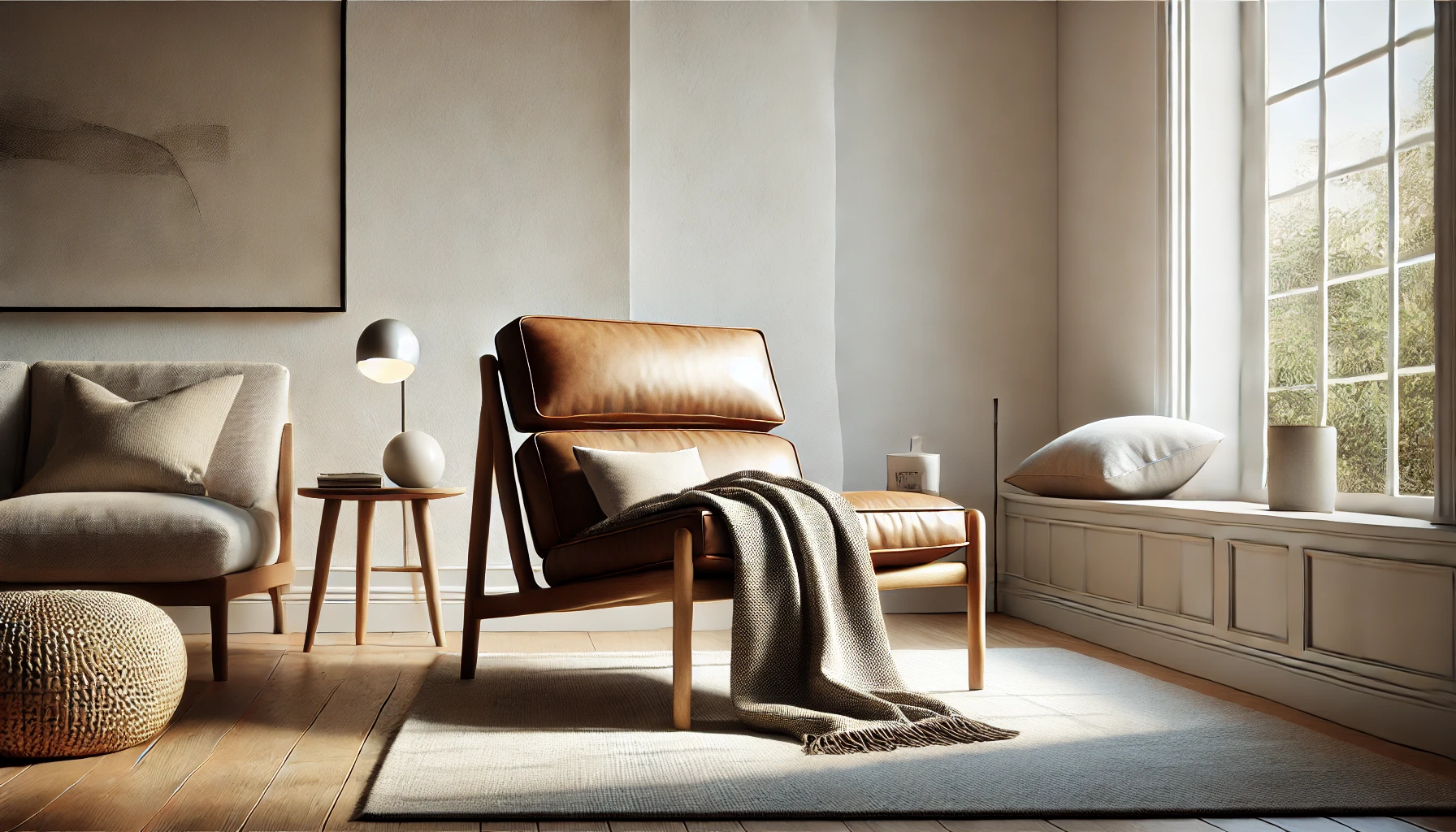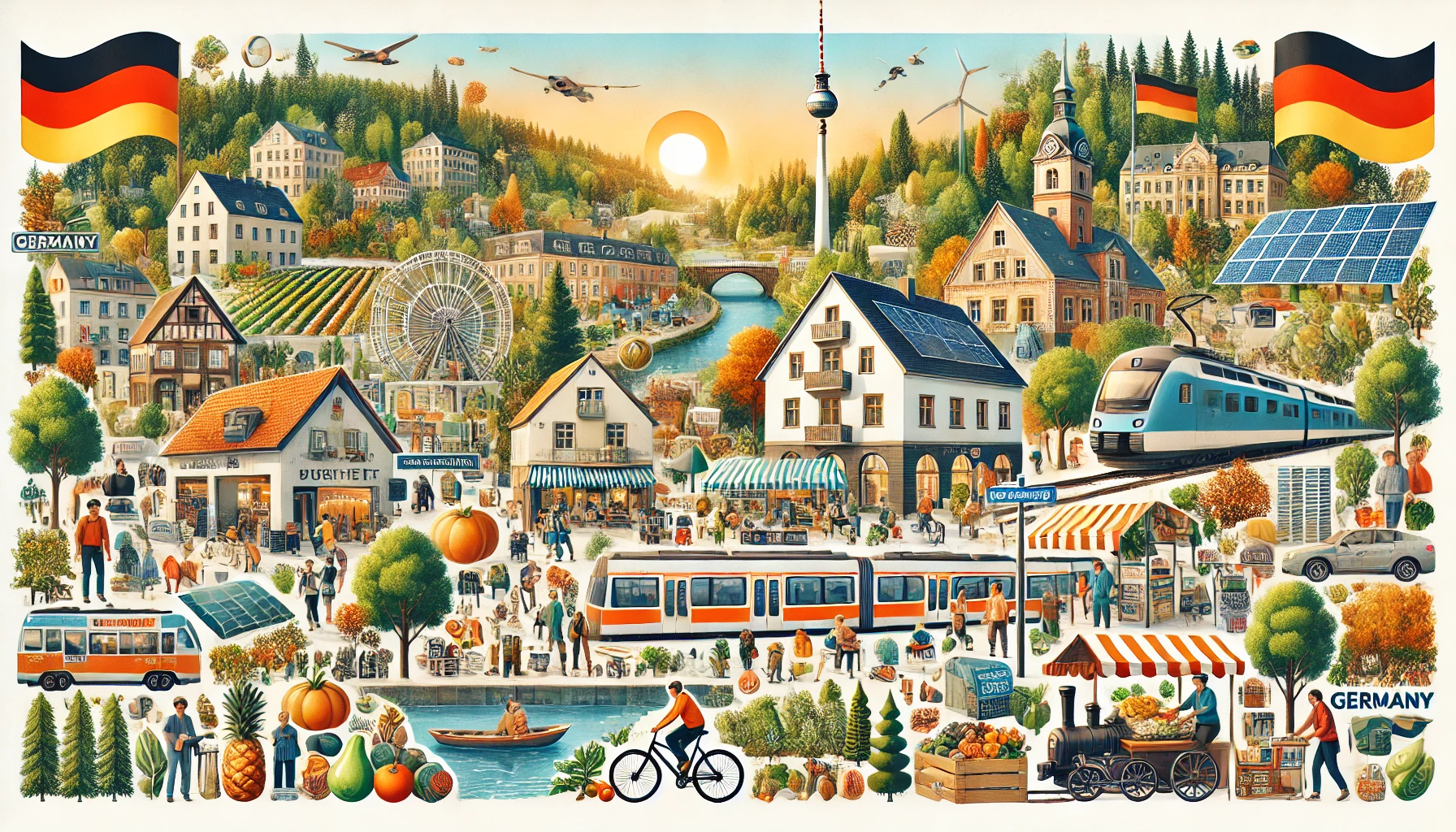Portrait photography is more than just taking a picture of someone—it’s about capturing the essence of a person, their emotions, and their unique personality. Whether it’s for a professional headshot, family portrait, or artistic project, a well-crafted portrait can tell a story and create a lasting impression.
But what makes a great portrait? Lighting, composition, and the ability to connect with the subject all play crucial roles. In this guide, we’ll explore the key elements of portrait photography and offer tips to help you create compelling portraits that stand out.
Introduction
Portrait photography is a genre that focuses on capturing the personality and emotions of a subject. Unlike other types of photography, portraiture seeks to showcase the character of the person in front of the camera, whether through facial expressions, body language, or setting.
Why Portrait Photography Is Important?
Portraits play a crucial role in both personal and professional lives. Individuals, preserve memories and milestones. For professionals, a well-done portrait can communicate confidence, approachability, and competence. In any setting, portrait photography allows people to connect emotionally with the subject through a well-composed image.
The Basics: Lighting, Composition, and Focus
Successful portrait photography relies on three key elements:
- Lighting: Natural light or controlled studio lighting can drastically affect the mood of the portrait. Soft, diffused light often works best for flattering skin tones and reducing harsh shadows.
- Composition: Framing the subject properly is essential. Classic portrait composition uses the “rule of thirds,” where the subject’s eyes are positioned along the top third of the frame.
- Focus: A shallow depth of field (blurry background) helps emphasize the subject by isolating them from the surroundings, drawing attention to their features and expressions.
Capturing Personality in Portraits
The secret to great portrait photography lies in capturing the subject’s personality. Are they shy and introspective, or bold and confident? The way they pose, their facial expressions, and even the environment can reflect who they are. Encourage them to relax and be themselves—sometimes, a candid moment says more than a posed shot ever could.
The Role of Emotion in Portrait Photography
Emotion is the soul of a portrait. Whether it’s joy, contemplation, or determination, a strong emotional connection with the subject can transform a portrait into a piece of art. A good portrait photographer knows how to evoke genuine feelings from their subjects, making the portrait feel more authentic and relatable.
Indoor vs. Outdoor Portraits: Which Is Better?
Both indoor and outdoor portraits have their advantages:
- Indoor Portraits: Offer more control over lighting and background. Studios provide a clean and professional setting, ideal for corporate headshots or artistic portraits.
- Outdoor Portraits: Utilize natural lighting and beautiful backdrops, adding a more organic and dynamic feel to the image. Outdoor settings often lend themselves to more relaxed, casual portraits.
The choice depends on the mood you wish to convey and the subject’s preferences.
Understanding Different Portrait Styles
There are several styles of portrait photography, each serving a different purpose:
- Traditional Portraits: Classic posed images, often in formal attire.
- Lifestyle Portraits: Focus on the subject in their natural environment, capturing more candid moments.
- Environmental Portraits: Incorporate the subject’s surroundings into the image to tell a story about who they are (e.g., a chef in the kitchen or an artist in the studio).
- Creative Portraits: Involves unique lighting, props, or post-processing effects to create an artistic or surreal result.
How to Connect with Your Subject?
A great portrait photographer knows how to build rapport with their subject. Making the subject feel comfortable and confident is key to capturing their true personality. Engage in conversation, give clear directions if you want to hire, and search for portrait photography near me. It offers positive feedback to help ease any nerves.
Essential Gear for Portrait Photography
While having an eye for composition and lighting is important, having the right gear can make a difference:
- Camera: A DSLR or mirrorless camera with good resolution is ideal for portrait photography.
- Lens: A prime lens (e.g., 50mm or 85mm) with a wide aperture (f/1.4 or f/1.8) is great for capturing sharp portraits with a blurred background.
- Lighting Equipment: A softbox or reflector can help control and soften lighting, especially in indoor settings.
- Tripod: Helps maintain stability and consistency, especially during long shoots.
Post-Processing: Enhancing Your Portraits
Post-processing is an essential part of portrait photography. Editing tools like Adobe Lightroom or Photoshop allow you to enhance colors, adjust lighting, and retouch imperfections without losing the natural look of the portrait. Remember, the goal is to enhance the photo, not to over-edit it.
Conclusion
Portrait photography is an art form that captures more than just appearances—it reveals the emotions, stories, and personalities of its subjects. Whether you’re a professional photographer or just starting out, mastering the basics of lighting, composition, and subject interaction is key to creating stunning portraits. The power of a great portrait lies in its ability to connect viewers with the subject on an emotional level, leaving a lasting impact.














